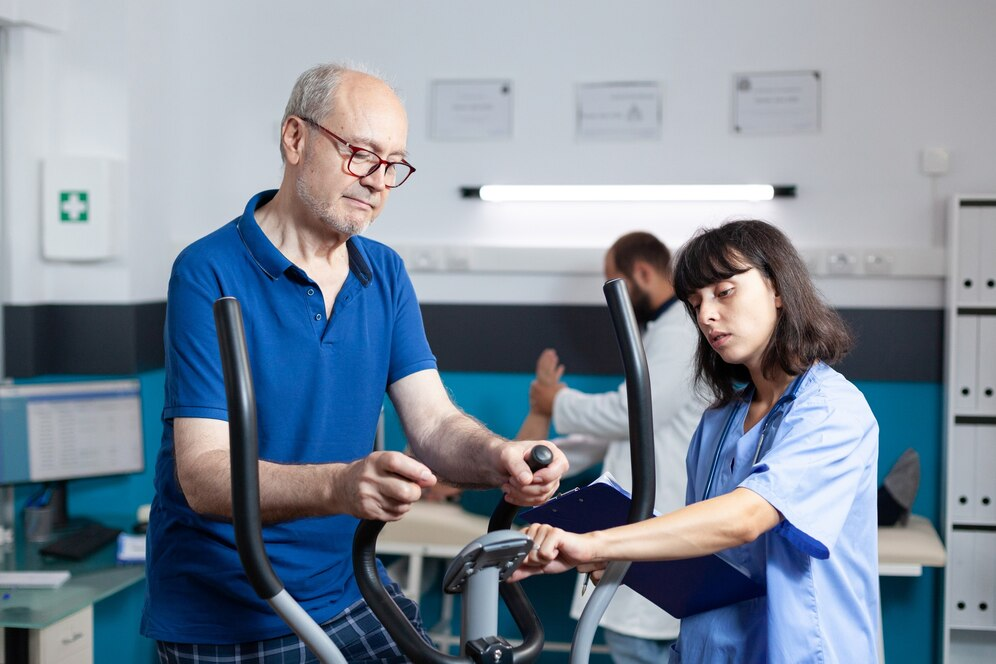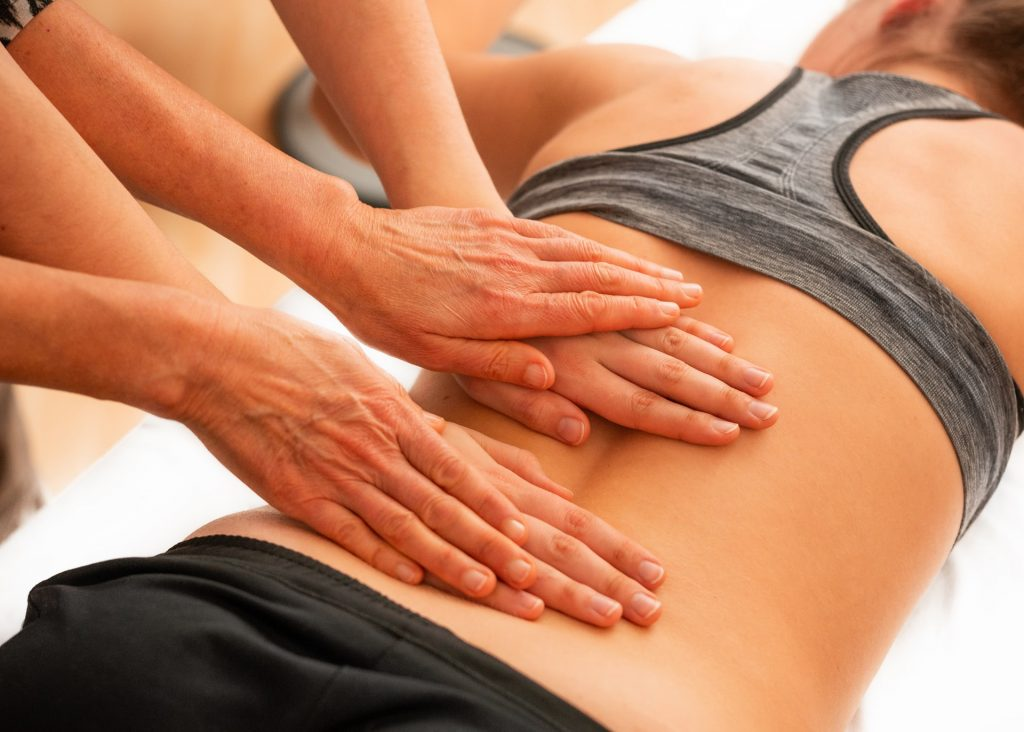Discover Your Perfect Healer Today!
Our online practitioner directory connects you with a wide range of healers to suit your unique needs.
Easily search and find the right professional to support your wellness journey.
Start exploring today to find your perfect match.
Modality
Disease
Books
Products
Events
Training
Blogs
Holistic Health
Expert Tips to Maximize Healing Potential Through Holistic Health
Holistic health is all about finding the balance in the body, mind, and spirit and making well-being from it as healing. Using expert tips will ...
Read More → Written by
Michael Johnson
Functional Nurse Specialist
Core Concepts and Techniques of a Functional Nurse Specialist
Functional Nurse Specialists nurse in a traditional sense tend to integrate functional medicine into this sphere. As opposed to merely treating the symptoms, they seek ...
Read More → Written by
Michael Johnson
Naprapathy
Building a Community: Connecting with Fellow Naprapathy Practitioners
Connection with other naprapathy professionals helps you grow professionalism and exchange visions together. It is not a matter of whether you are new or experienced; ...
Read More → Written by
Michael Johnson
Acupuncture
Empowering Yourself: How to Become a Practitioner of Acupuncture
Traditional Chinese medicine has been able to gain fame as a holistic treatment solution for numerous health conditions. A career in acupuncture might just be ...
Read More → Written by
David Brown
Chinese Medicine
Exploring the Benefits and Legitimacy of Chinese Medicine
Chinese herbal medicine has existed for centuries. However, it is still a subject of controversy in modern healthcare. Though it has gained popularity in the ...
Read More → Written by
John Smith
Energy Specialist
Ancient Practices: Historical Roots of Energy Healing
Energy healing is more than a modern wellness trend or something to be stared at and then forgotten. These practices have a high history in ...
Read More → Written by
David Brown






